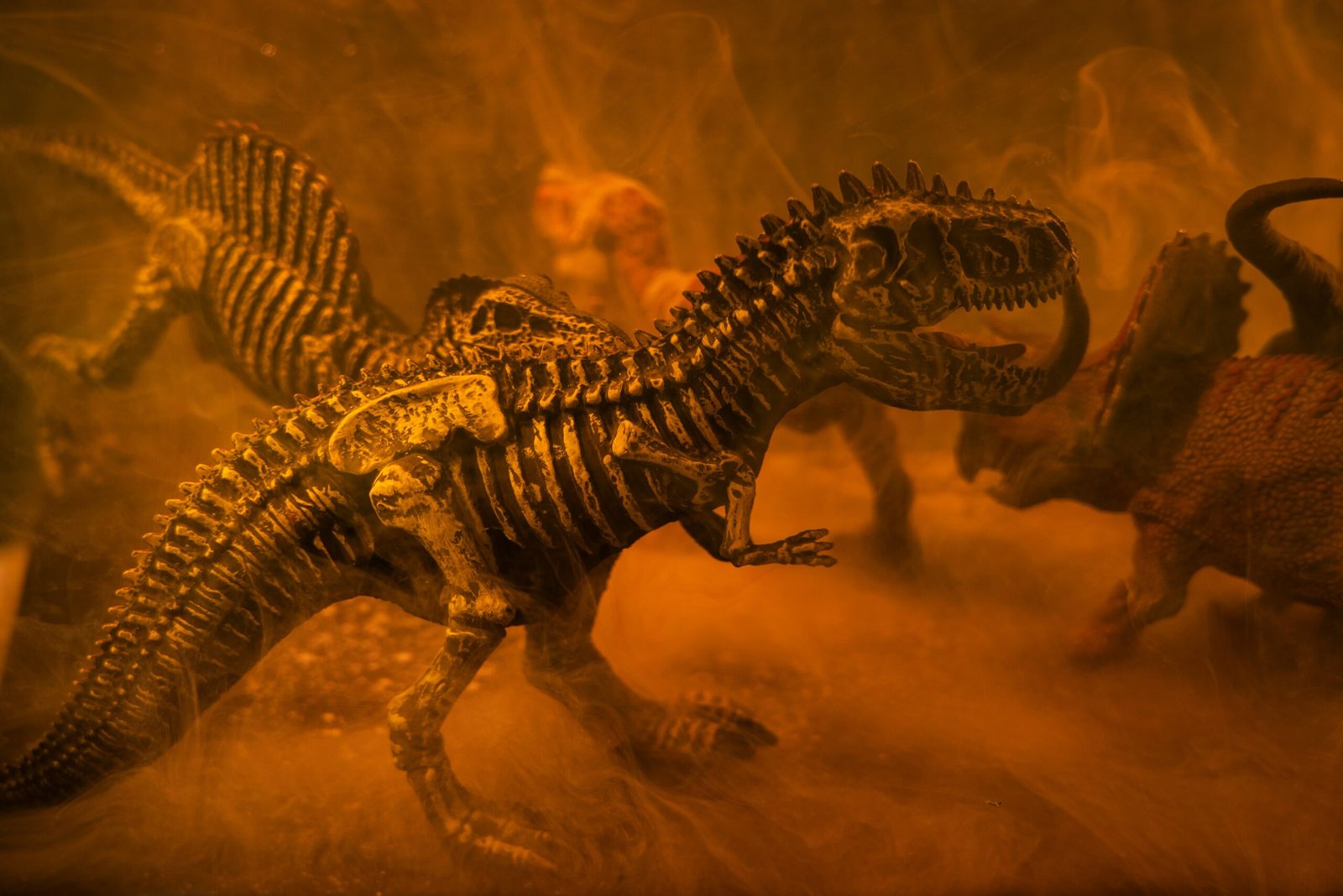
Introduction to Dinosaurs
Dinosaurs have fascinated people for generations. These incredible creatures roamed the Earth millions of years ago, capturing our imaginations with their size, diversity, and eventual extinction. In this tutorial, we will guide you through a detailed overview of dinosaurs, their classification, and their significance in paleontology.
Step 1: Understanding Dinosaur Classification
Dinosaurs are classified into two main groups: the Saurischia, which includes theropods and sauropodomorphs, and the Ornithischia. Theropods are generally bipedal and include well-known species such as Tyrannosaurus rex, while sauropodomorphs are characterized by their long necks and tails, like Brachiosaurus. Ornithischians, on the other hand, are primarily herbivorous, featuring notable dinosaurs like Stegosaurus and Triceratops.
Step 2: Learning About Their Habitat and Behavior
Dinosaurs lived in diverse environments, ranging from lush forests to arid deserts. Their behavior varied significantly; some were social creatures that traveled in herds, while others were solitary hunters. Understanding their habitat helps us appreciate how these creatures adapted to changing environments.
Step 3: The Extinction of Dinosaurs
The extinction of dinosaurs around 66 million years ago is a major topic in paleontological research. Numerous theories exist, including the most popular one—the asteroid impact hypothesis, which suggests that a massive asteroid struck the Earth, leading to drastic changes in climate. This event marked the end of the Mesozoic Era and paved the way for mammals to rise.
In conclusion, this tutorial highlights the importance of studying dinosaurs, not only for understanding their existence but also for learning about Earth’s history. By following these steps, you will gain a richer knowledge of these magnificent creatures that once roamed our planet.